Let me open this extremely remarkable, scientific revelation by stating a few quotes from our peers.
Hippocrates
"Father of Medicine"
The best medicine of all is teaching people how not to need it.
Adelle Davis 1972
BBC Journalist
As I see it, everyday you do one of two things:
build health or produce disease in yourself.
Jean Anthelme Brilat-Savarin
1826 French Politician and Author
Tell me what you eat and I will tell you who you are.
Harry Browne
1986, USA Libertarian
Everything you want in life has a price connected to it. There is a price to pay if you want to make things better, a price to pay just leaving things as they are, a price for everything.
Alfred Sparman, M.D.
Author of The Life Pill
Balance is everything.
Alfred Sparman, M.D.
Author of The Life Pill
It's not what you do every now and then, it's what you do every day.
Alfred Sparman, M.D.
Renowned interventional cardiologist & creator of the Diabetes Control Kit
DEMOGRAPHICS
One of the greatest myths in medical science today is that of diabetes, which is considered to be the single most deadly noncommunicable disease that affects the world today.
It affects people of all ethnicities, shapes, forms and ages. Blacks, Hispanics, Asians and American Indians are more prone to diabetes than Caucasians. It is also one of the major contributors to most of the GDP in developed and underdeveloped countries. In some developing countries, one in every four (1:4) adults is diabetic. In the United States one in ten (1:10) adults is either knowingly or unknowingly affected.
Now to understand this terrible disease. Let’s understand more about its classification and causes.
There are four (4) types of diabetes:
- Prediabetes
- Gestational
- Type 1
- Type 2
TYPES OF DIABETES
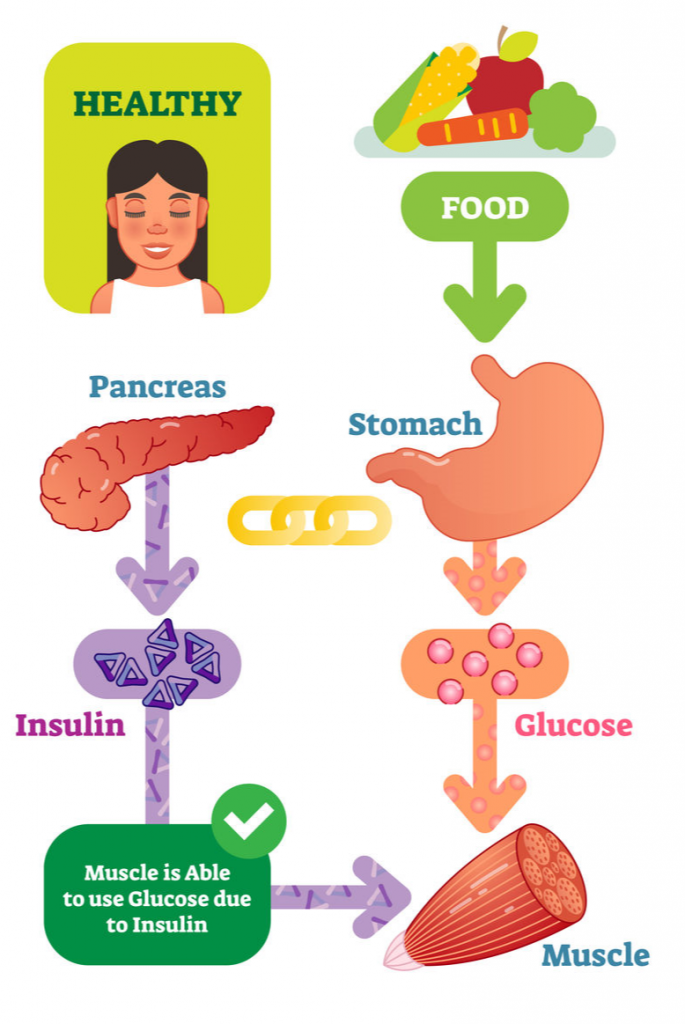


- Prediabetes is the term used for people who have abnormally high blood sugar but have not reached the criteria for the diagnosis of diabetes. (If changes are not made, prediabetics invariably become type 2 diabetics.)
- Gestational is abnormally high blood glucose levels during pregnancy, which return to normal following pregnancy. (Be cautioned that gestational diabetes is a risk factor for becoming a type 2 diabetic.)
- Type 1 usually occurs in children where there is autoimmune destruction of the beta cells within the pancreas.
- Type 2 is caused by abnormal pancreatic release of insulin, abnormal tissue receptor activity to insulin or abnormal insulin. (It should be mentioned at this point that because of the increase in obesity, younger children are affected by Type 2 diabetes.)
RISK FACTORS
There seems to be a genetic predisposition to this disorder. If your parents or siblings are diabetic, you are more likely to be affected by this disorder, compared to the general population. However, there are many contributing risk factors including:
- Family History
- Obesity
- Poor Diet
- Gestational Diabetes
- Physical Inactivity
- Smoking
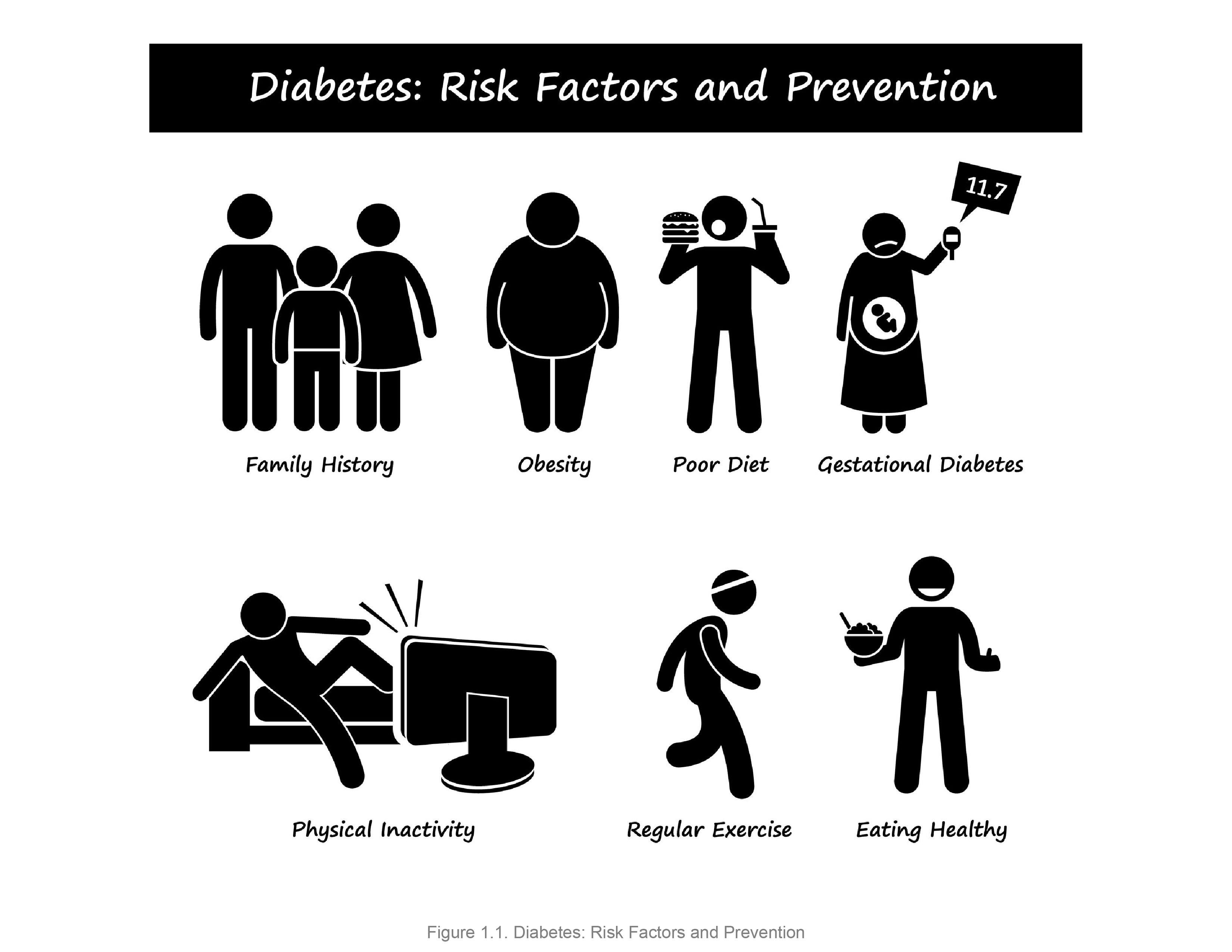
The Pancreas
Let’s talk about the organ that is responsible for diabetes, it is called the pancreas. The pancreas is located on the left side of the body in proximity to the liver, duodenum and the gallbladder. It has a head, a body and a tail. And it is made up of four (4) types of cells:
- Alpha Cells
- Beta Cells
- Delta Cells
- F Cells
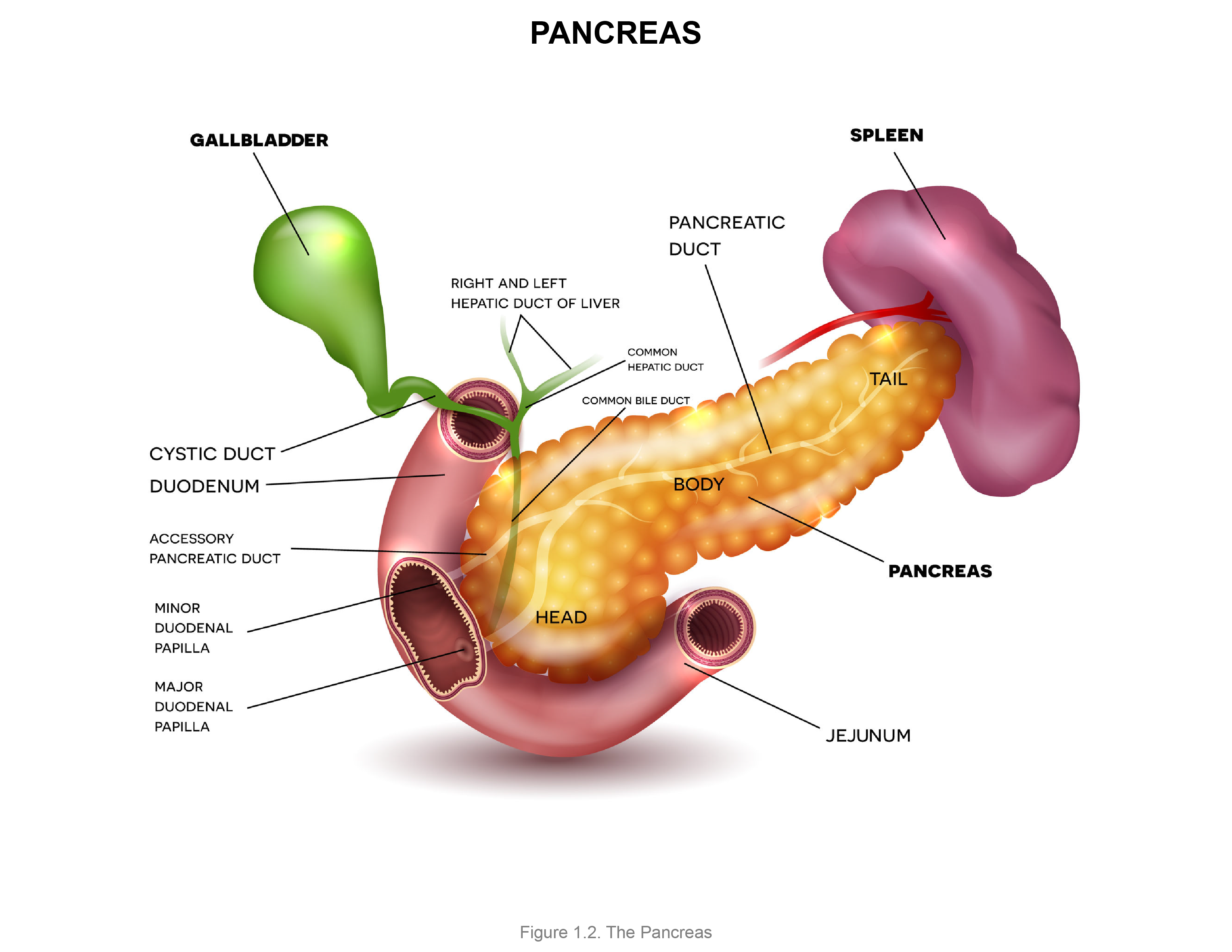
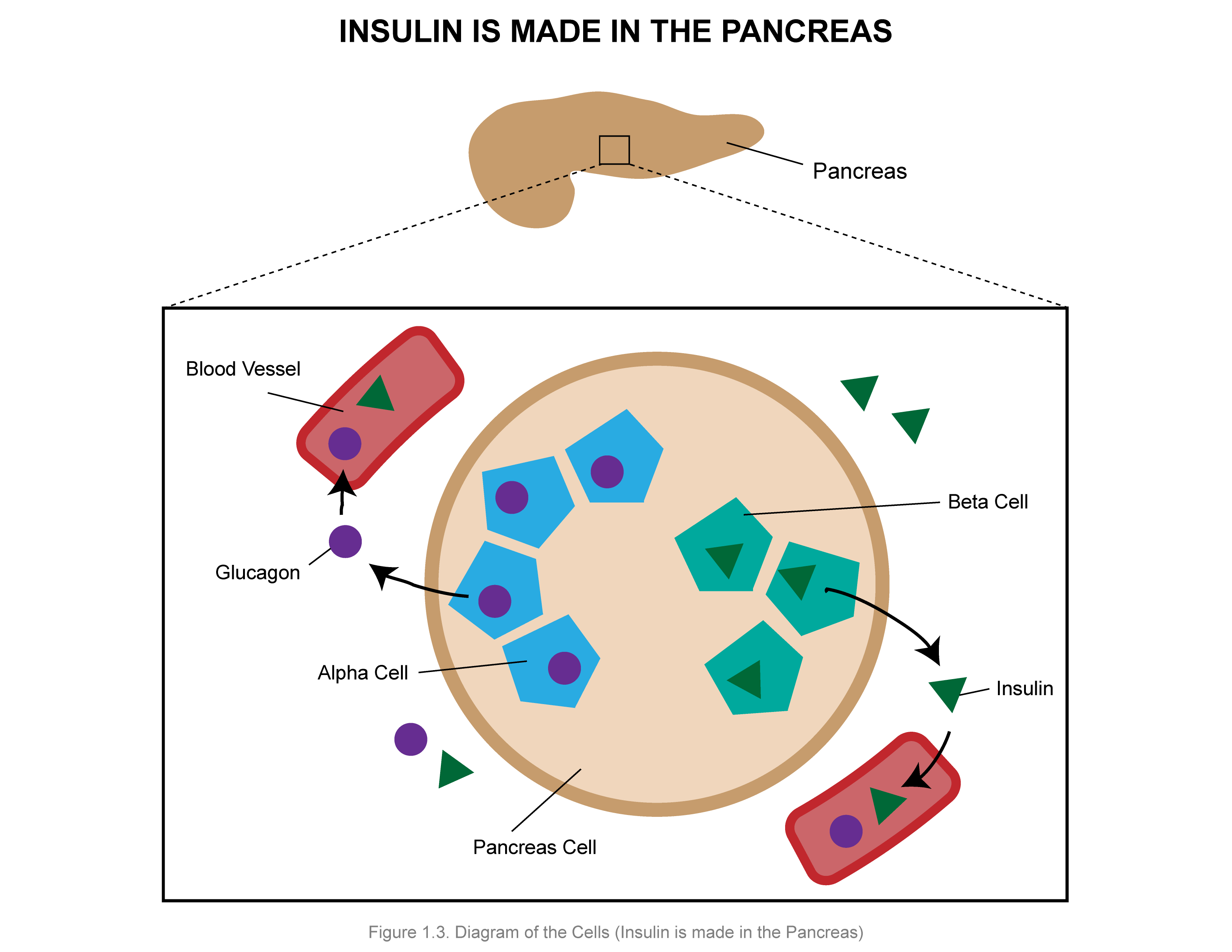
When the blood sugar is low, glucagon is released from the alpha cells in the pancreas to promote the breakdown of glycogen in the liver (storage of glucose), and glucose is released into the bloodstream. On the other hand, if the blood sugar is high, the beta cells of the pancreas release insulin and the glucose is taken out of the blood and transported into the cells for metabolism (See Figure 1.4 and Figure 1.5).
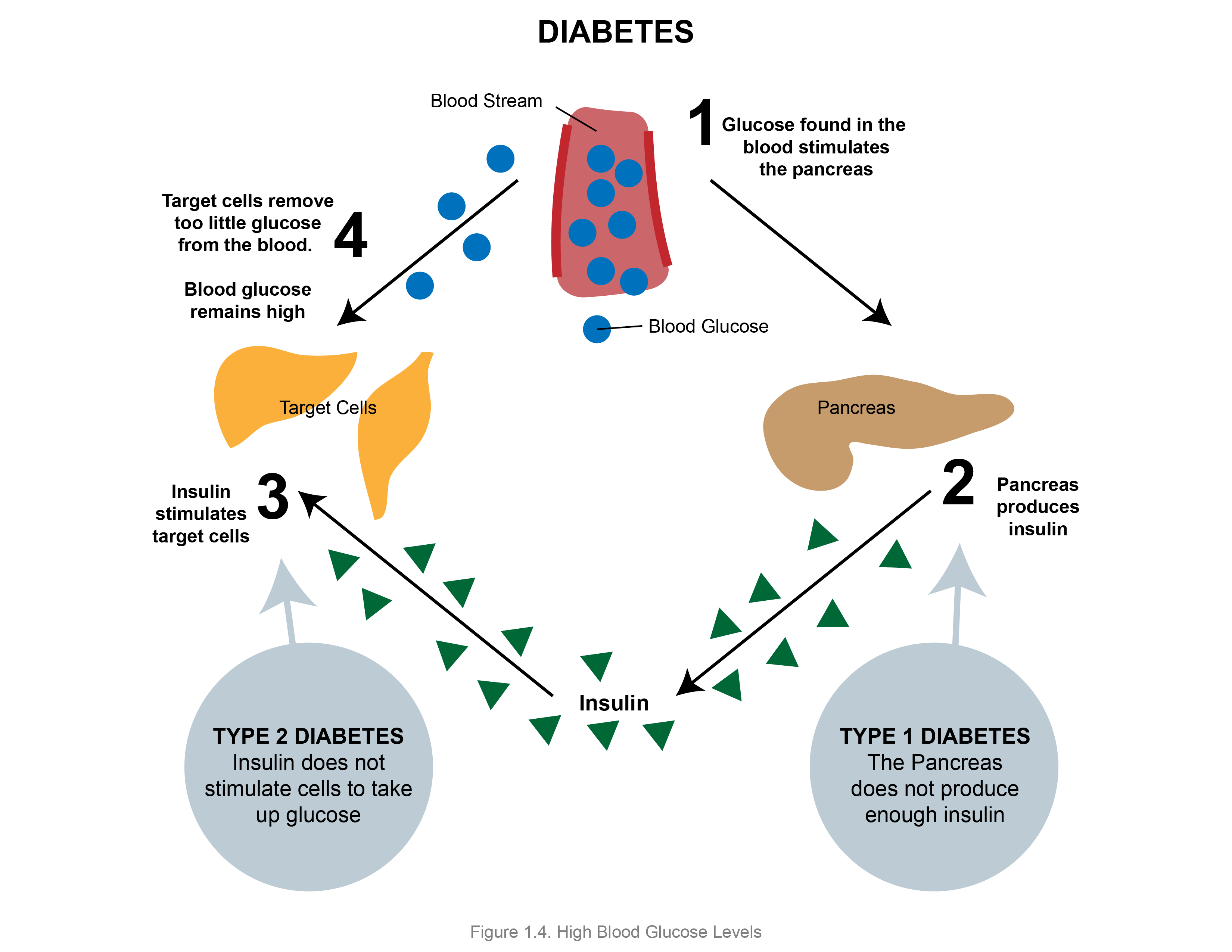

We know blood sugar is controlled when fasting blood glucose levels are less than 5.7mmol/L (Less than100mg/dL). When your fasting blood sugar is between 5.7mmol/L (100mg/dL) to 7.0mmol/L (126mg/dL) you are considered prediabetic.
However, if your fasting blood glucose is more than 7.0mmol/L (126mg/dL) then you are considered diabetic.
N.B In the medical community when we consider fasting, we are referring to no meals after midnight, with the blood sample being taken somewhere within the vicinity of eight hours after the initiation of the fast.
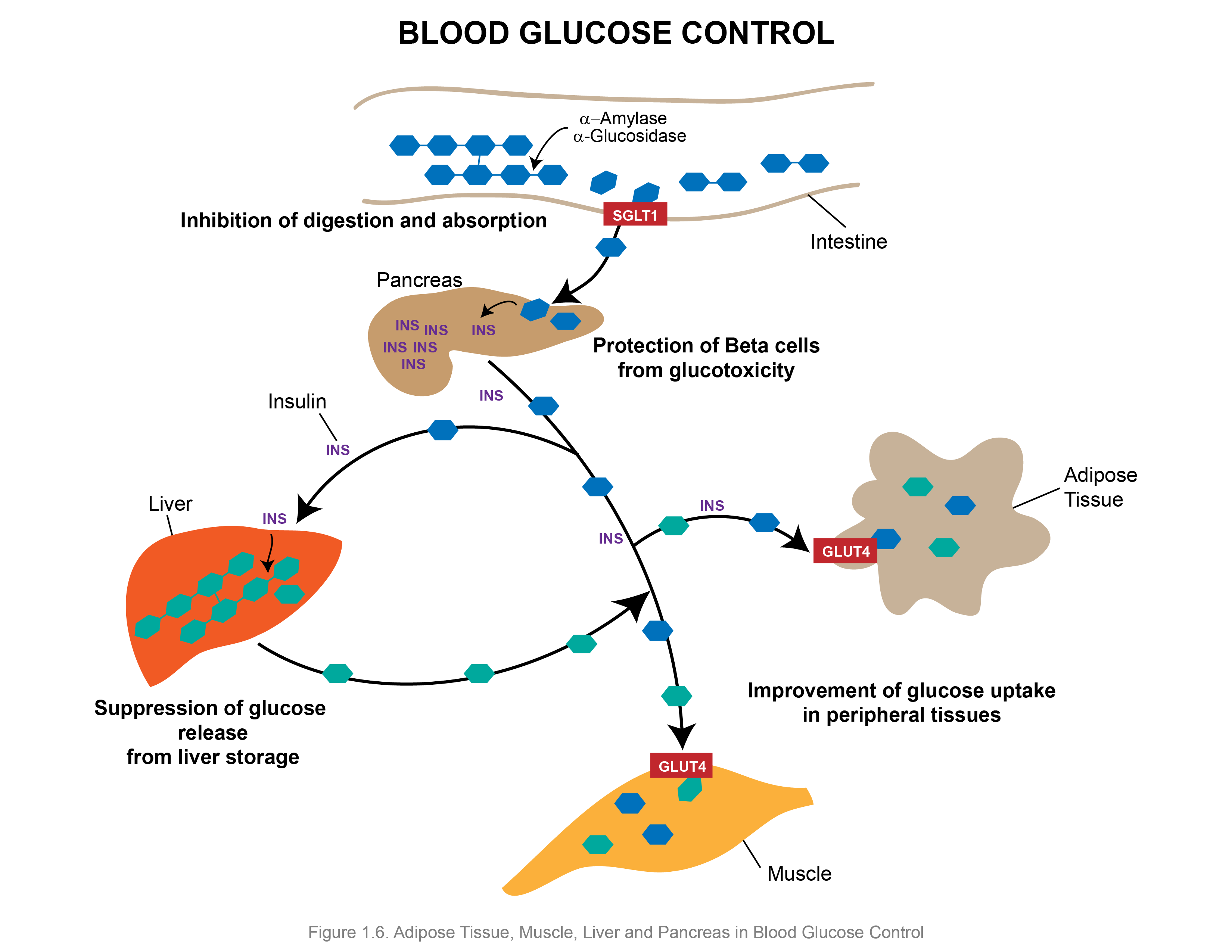
Diagnosis
- Fasting Plasma Glucose Test (FPG)
- Oral Glucose Tolerance Test (OGTT)
- HbA1c
We previously mentioned how the fasting glucose is done. In the Oral Glucose Tolerance Test (OGTT) your blood is taken prior to the test, following which, you are given 75g of glucose to drink. A blood sample is then taken two hours thereafter.
If your blood glucose two hours after the glucose dose is greater than 200mg/dL or 11.0mmol/L you are diabetic.
If the blood glucose is between 140mg/dL to 200mg/dL (7.8mmol/L to 11.0mmol/L) you are prediabetic.
However, with levels less than 140mg/dL (7.8mmol/L) it is considered normal.
The HbA1c is used in conjunction with one of the aforementioned tests, and if the results are more than 6.5%, then you are considered diabetic. Remember the HbA1c records your average blood sugar levels over three (3) months.
Metabolism
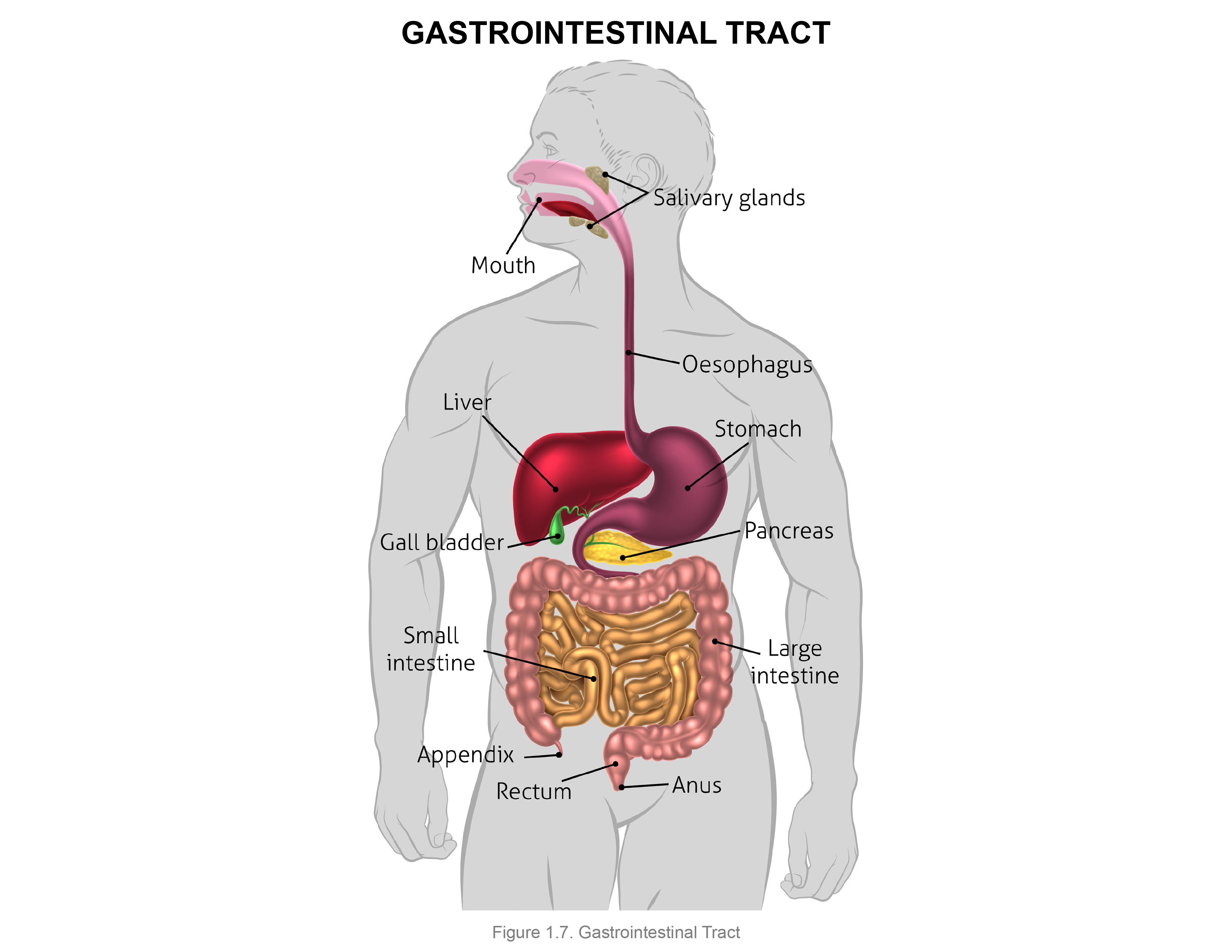
Let’s move on to the big picture.
Food is digested as it enters the mouth by various enzymes, on its way through the gastrointestinal tract. (See figure 1.7).
By the time it would have reached the anus, most of the nutrients and water are reabsorbed. It is a complex system of enzymatic activity, that only a mastermind, the creator of all science, the creator of the world we are living in, could put together.
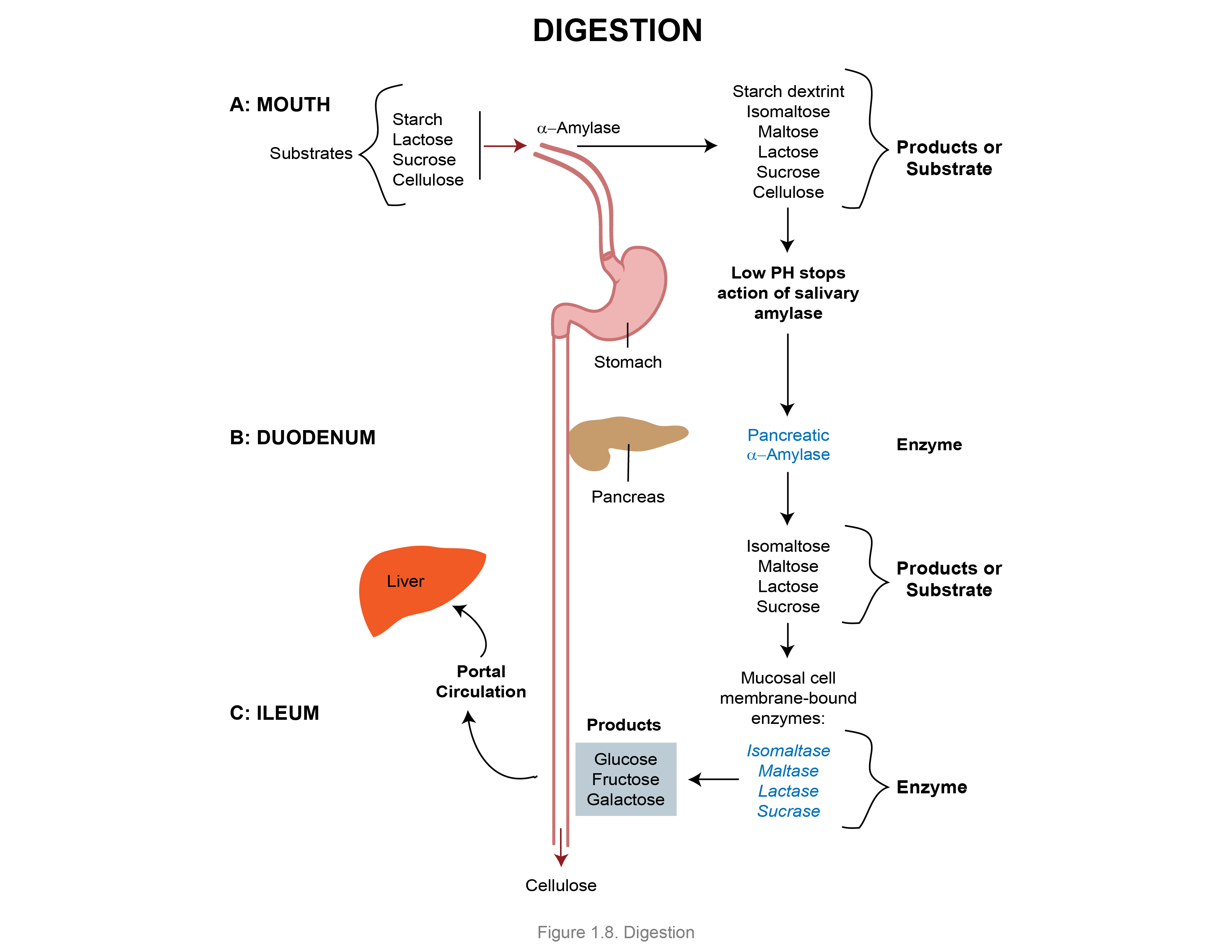
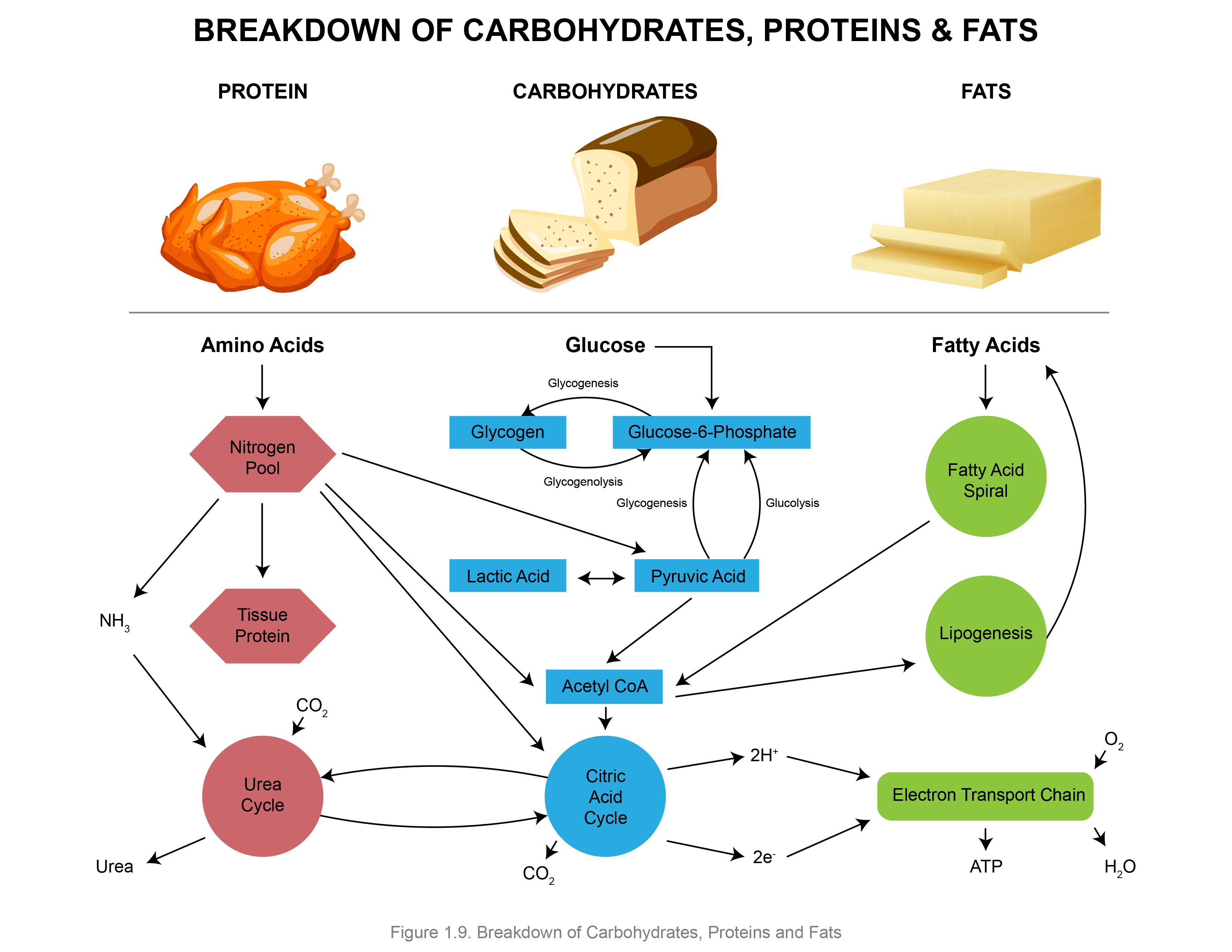
There are three (3) basic types of macronutrients:
- Carbohydrates
- Proteins
- Fats
You may hear of vitamins, minerals and phytonutrients. These are just atoms, molecules or elements that facilitate proper functioning of enzymes and reactions.
Proteins
Proteins are broken down into amino acids which are further broken down into nitrogen products, as seen in Figure 1.9. These products can either be converted to acetyl-CoA, which in turn can be passed through the Citric Acid Cycle or Kreb Cycle for energy production. However, this is only a last resort. Proteins are generally used for the structure of cells and tissues.
Fats
Fats are broken down into fatty acids and glycerol. Fatty acids can then be converted to acetyl-CoA, and which in turn can pass into the Citric Acid Cycle or the Kreb Cycle for energy production. However, this is only a last resort. Fats are usually used for the structure of cells and tissues, and the storage of energy. It should be noted that more than double the amount of energy is achieved when fats are broken down, as compared to carbohydrates and protein.
Carbohydrates
We have saved the best for last. Carbohydrates or starches are polysaccharides which are broken down into disaccharides (two (2) combined simple sugars) or monosaccharides (single sugar units). These are then broken down into the only ENERGY PRODUCING UNIT STRUCTURE, which is called glucose (See diagram below).
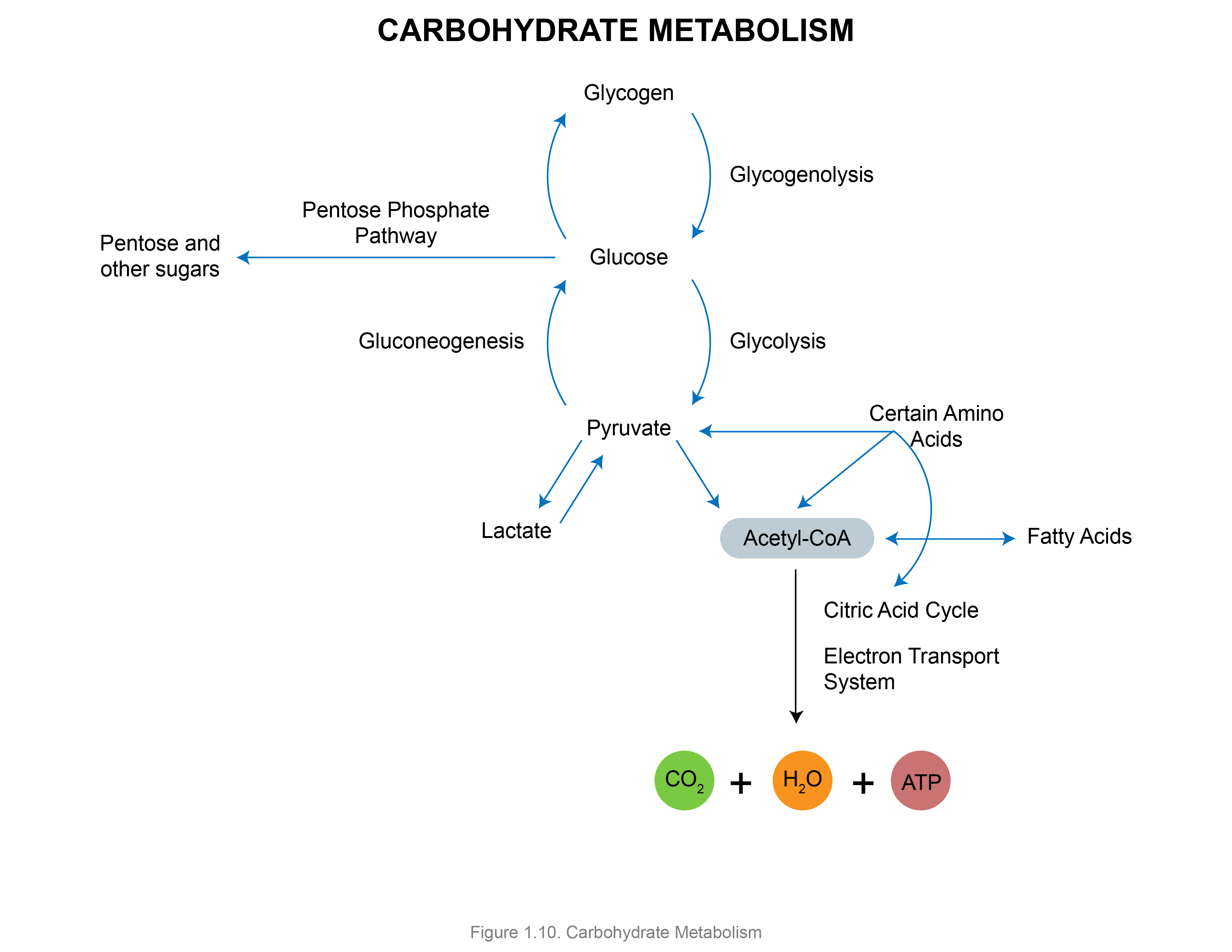
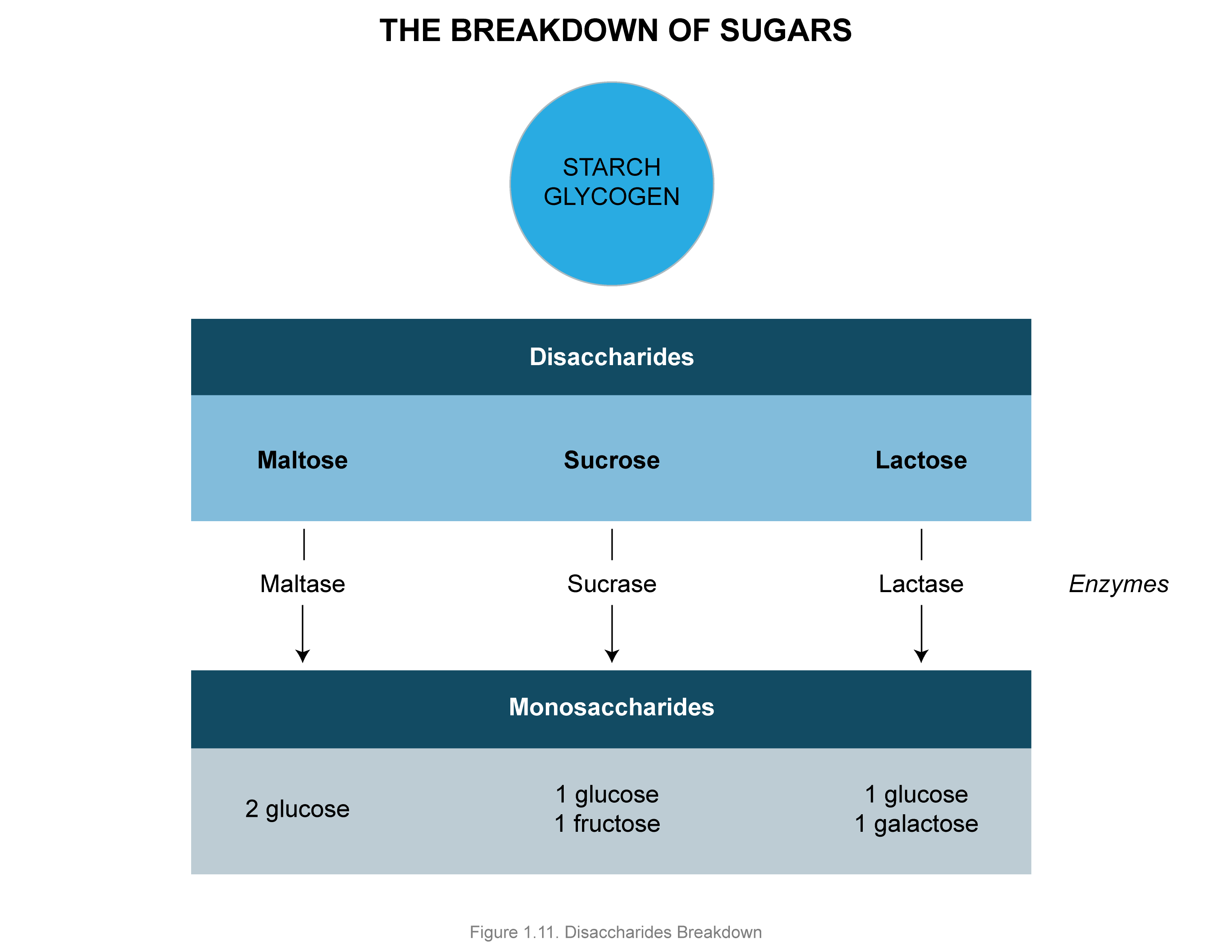
Glucose is converted to acetyl-CoA which can now be converted to ATP (Adenosine triphosphate), which is the only energy unit recognized by cells. So even though glucose can be stored when it is converted to acetyl-CoA, the preferred pathway is energy production.
So to sum that all up, basically, proteins and fats are used for cells, tissues and structures. Carbohydrates are used for energy production for the daily function of cells and tissues.
You may recall that I mentioned “balance is everything”, this is the way the body reacts to excess foods. Ultimately, excess of any macronutrient or micronutrient, will result in storage.
The state of equilibrium is only attained when the exact amount of matter reacts in the appropriate proportions. I say that to emphasize that too much of anything shifts that equilibrium causing instability. This is the reason why scientist postulate that too much of any type of food is bad for you.
Now let’s switch gears and talk a bit about diabetes. After your doctor would have made the diagnosis of diabetes, there are three (3) forms of therapy:
- Diet and exercise
- Oral Hypoglycemic Agents
- Insulin Therapy
The goal is to keep the glucose level between 6.0mmol/L and 7.5mmol/L (100mg/dL and 135mg/dL).
We doctors have a great challenge in trying to attain these goals with diet, oral hypoglycemic agents and insulin therapy. It is often so easy to tell patients what to do but doing it is much more cumbersome.
Diabetes Treatment & Side Effects
Diabetic treatment is associated with multiple daily finger sticks, multiple blood tests and how about the various side-effects from drug therapy:
- Weight gain
- Hypoglycemia
- Skin Rash and Itching
- Kidney Complications
- Dyspepsia
- Fatigue
- Dizziness
- Flatulence
- Bloating
- Diarrhea
- Liver Disease
- Anemia
- Leg Edema
- Cancer
- Muscle pain
- Trouble breathing
- Unusual sleepiness
- Lightheadedness
- Nausea
- Vomiting
- Slow or irregular heart rate
- Lactic acidosis
Those above are just a few.
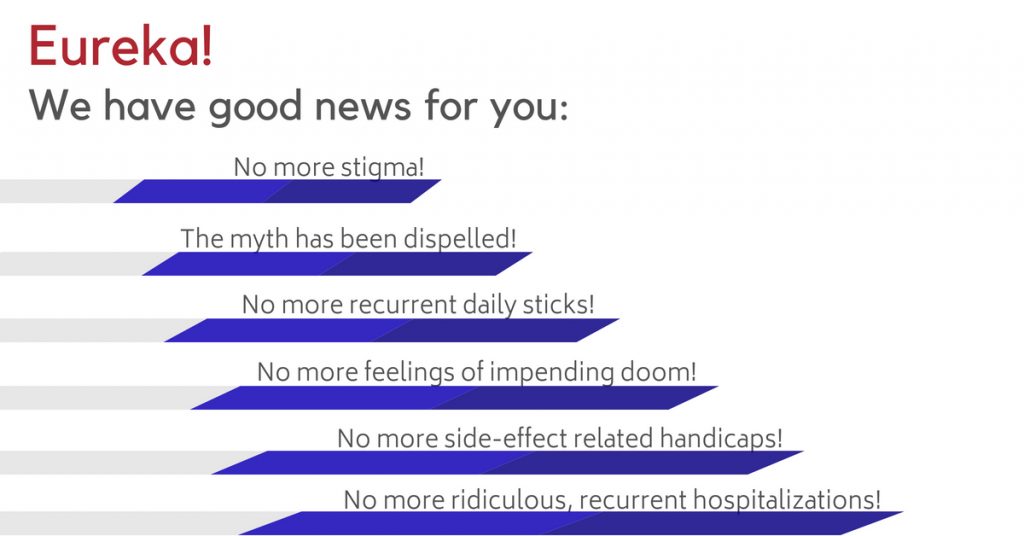
You control your destiny. You control your future. It all starts with a single step. It will cost you almost nothing, but you must want it and you must want it really bad.
"Nothing from nothing leaves nothing." - Billy Preston, 1974
Here is your Diabetes Control Kit. Here is your gift from your doctor. Here is your path to better living. Just click the button below and your life will never be the same. The only thing I want in return, is for you to share the benefits of this kit with others.
Why are you still waiting..?
Get Your Diabetes Control Kit Now!
Click the button below to get your Diabetes Control Kit.
For questions or queries please click here to contact us.

